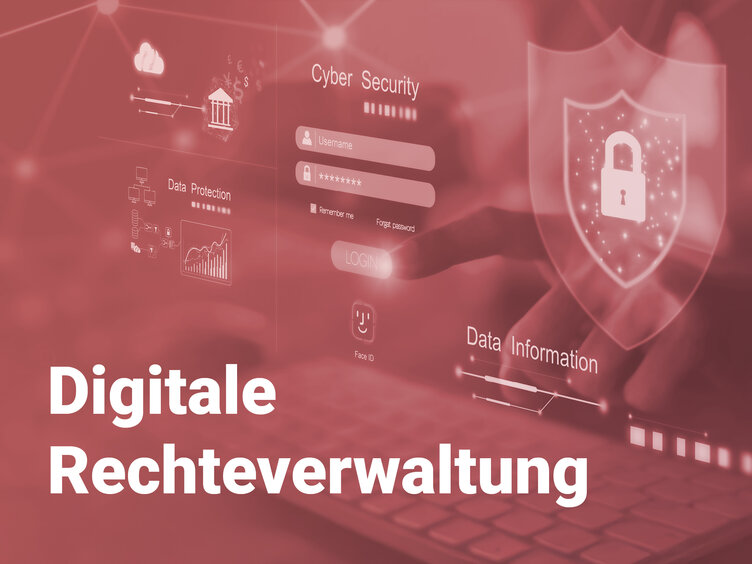Digital rights management (DRM) in software protection and license management
Digital rights management (DRM) comprises technological processes for controlling access, usage and distribution of digital content. In the context of software protection and license management, it is used to protect copyrights through encryption, license keys and access restrictions. DRM prevents unauthorized copies, modifications or distribution of software and digital assets.
Importance & goals in software protection
Why DRM?
- Protection against piracy: Prevents illegal distribution of software (e.g. 23% loss of revenue due to pirated copies in 2024).
- License control: Ensures that only authorized users are allowed to use the software
- Monetization: Enables flexible licensing models such as subscriptions or pay-per-use.
Core objectives:
✅ Integrity protection (protection against manipulation)
✅ Usage control (device-, location- or user-based)
✅ Legal compliance (compliance with copyrights such as GDPR)
Important components of a DRM system
| Component | Function | Example |
| Encryption | Protection of the source code against reverse engineering | AES-256 encryption |
| License server | Issues and validates usage rights | FlexNet Publisher, Reprise License Manager |
| Digital watermarks | Identifies illegal copies | Invisible embedding in software binaries |
| API-Integration | Controls access via interfaces | OAuth 2.0 for cloud software |
Factors that influence DRM
- Technological developments: AI-based attacks require adaptive encryption methods (e.g. quantum-resistant algorithms).
- Legal requirements: Strict data protection regulations (GDPR, CCPA) require transparent usage controls.
- User acceptance: Overly restrictive systems lead to resistance (e.g. Adobe Creative Cloud 2024 survey: 68% prefer "flexible" DRM solutions).
Advantages for companies & users
For companies:
- 🔐 Protect intellectual property: Reduces risks of data leaks and hacking.
- 💰 Cost efficiency: Automated license distribution saves 30-50% administrative effort.
- 📈 Scalable models: SaaS providers use DRM for global licensing.
For users:
- 🛡️ Transparent terms of use: Clear regulations on updates, support and device usage.
- 🌍 Flexibility: Location-independent access (e.g. remote working).
Future relevance
Trends 2025:
- AI integration: Prediction of usage patterns for license optimization.
- Decentralized systems: Blockchain DRM for tamper-proof contracts.
Conclusion
Digital rights management is the backbone of modern software protection and license management systems. It creates trust between developers and users, enables innovative business models and secures the value chain in the digital economy.
Author:
Steffen Kätsch
Senior Support Engineer / Consultant License Management
Education: FH Jena
Expertise: License Management Software Licensing Software Protection IT Compliance Digital Rights Management
